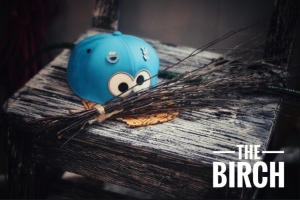Masochism shows up as a pattern of seeking pain, discomfort, or humiliation, but not randomly. It’s targeted, ritualized, or selectively pursued.
1. SURFACE LAYER: BEHAVIOURAL PATTERN
I start with structure. I look at how it’s framed:
Is it physical?
Is it emotional?
Is it performance-driven?
Is it tied to intimacy? To power exchange? To control?
This allows me to identify what kind of masochism is in play. Some want release. Some want to feel. Some want to submit. Others want to defy their own threshold and prove they’re stronger than pain. And I have my personal boundaries on some of them and carefully choose who I engage in these particular types of masochism with.
2. EMOTIONAL-COGNITIVE DISSONANCE
Here’s where it gets interesting: masochism often rides on dissonance. The mind says “this hurts” while simultaneously saying “this means something.” That contradiction creates a rich, complex layer. I track how people narrate their own experience of pain—whether they frame it as liberation, punishment, evolution, or even spiritual discipline.
Pain without context is trauma.
Pain with chosen context becomes identity.
That’s where masochism lives.
3. MOTIVE MAPPING
People don’t choose masochism because they like pain.
They choose it because of what pain does to them.
What it unlocks, what it silences, what it gives permission for.
There are deeper motives:
Control by relinquishing control
Feeling alive through intensity
Emotional catharsis
Rewriting trauma by choosing it on their own terms
Trust-building through consensual risk
Aesthetic discipline (especially in ritualistic or performance masochism)
The pain is the door. What’s behind it is different for each person.
4. LANGUAGE USE IS A MAJOR SIGNAL
Masochists describe their experiences in a very distinct way. It’s not just about saying “hurt me.” It’s how they frame the aftermath. There’s often reflection, reverence, or metaphor involved.
Words like:
- “Empty.”
- “Clean.”
- “Dropped.”
- “Levelled.”
- “Held.”
These aren’t descriptions of pain. These are states of being that pain has granted them.
I can map what masochism is doing by watching how it reorganizes someone’s emotional framework. I see the way it interrupts loops, creates stillness, or brings a person to a state of pure submission—not to another, but to their own experience.
So, to me, masochism isn’t about pain only. It’s more about rewriting selfhood under stress.



